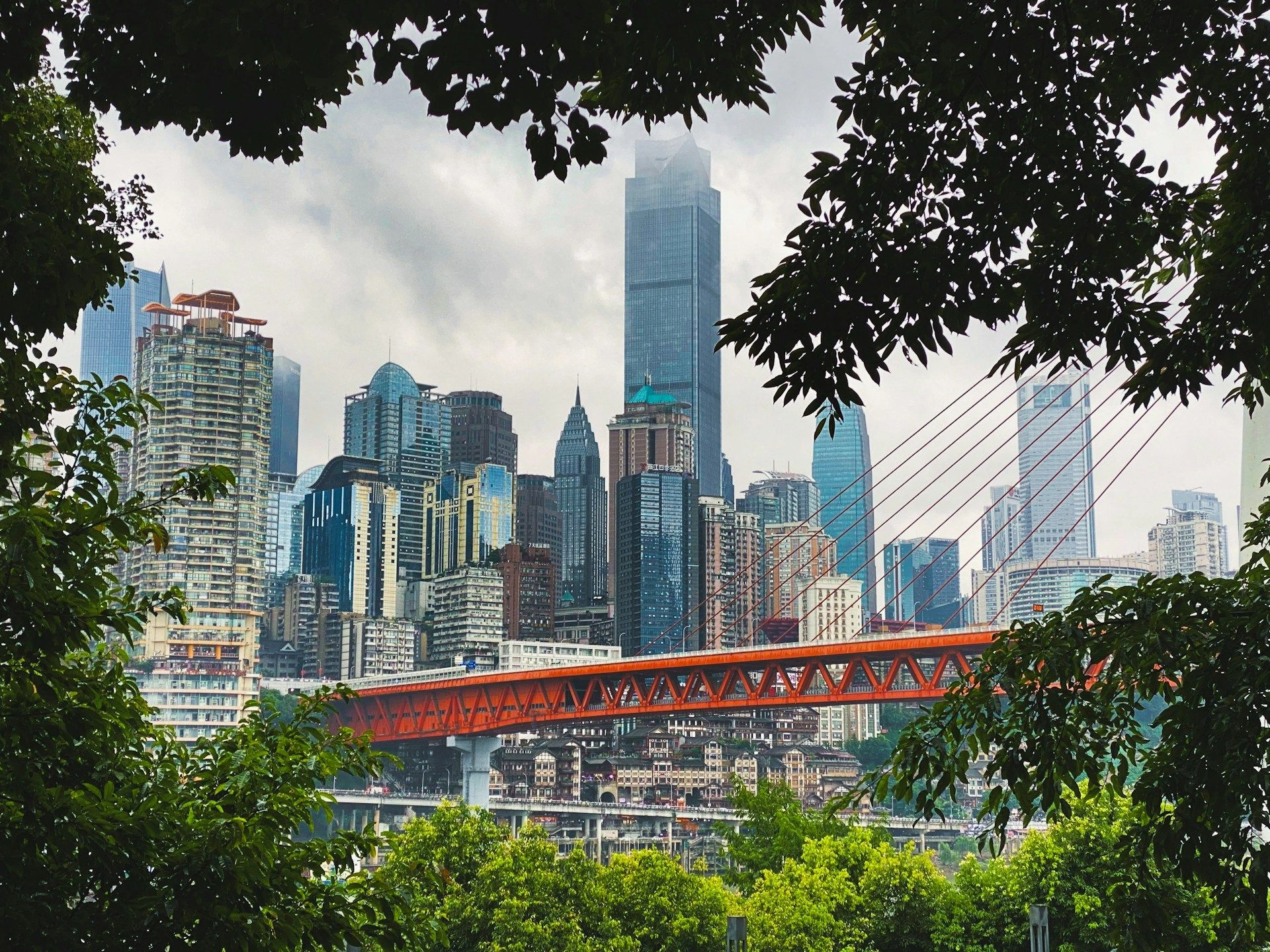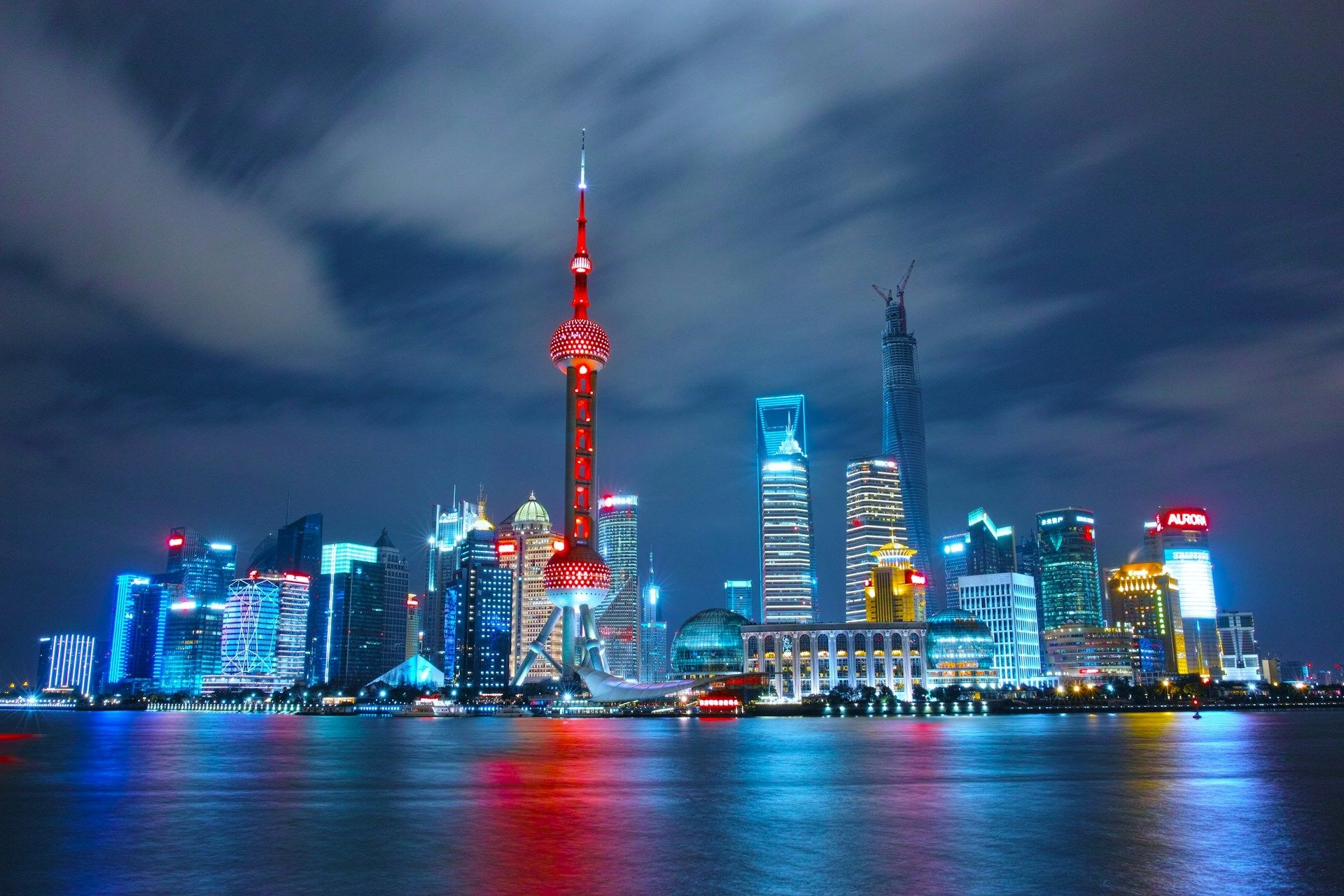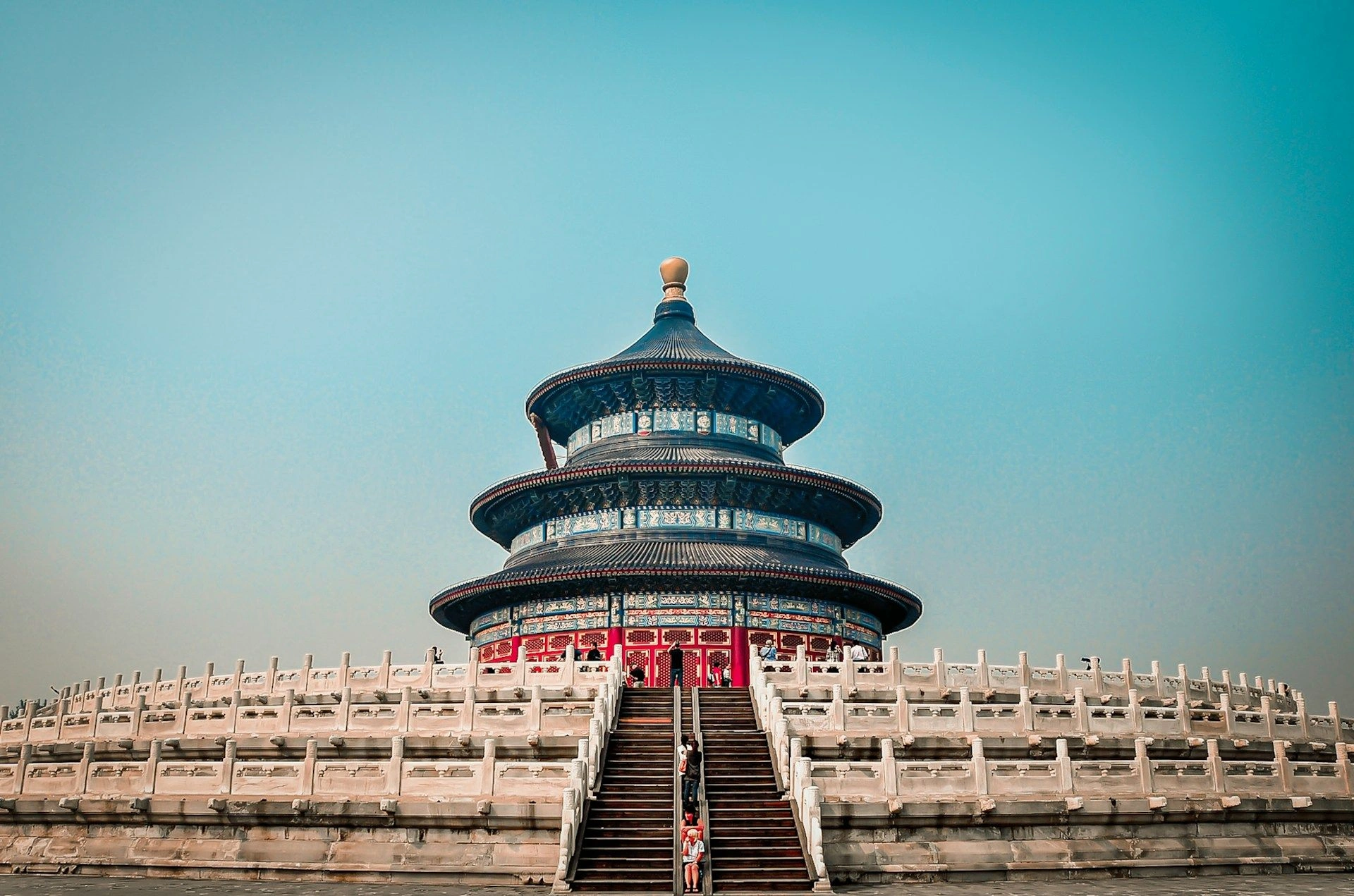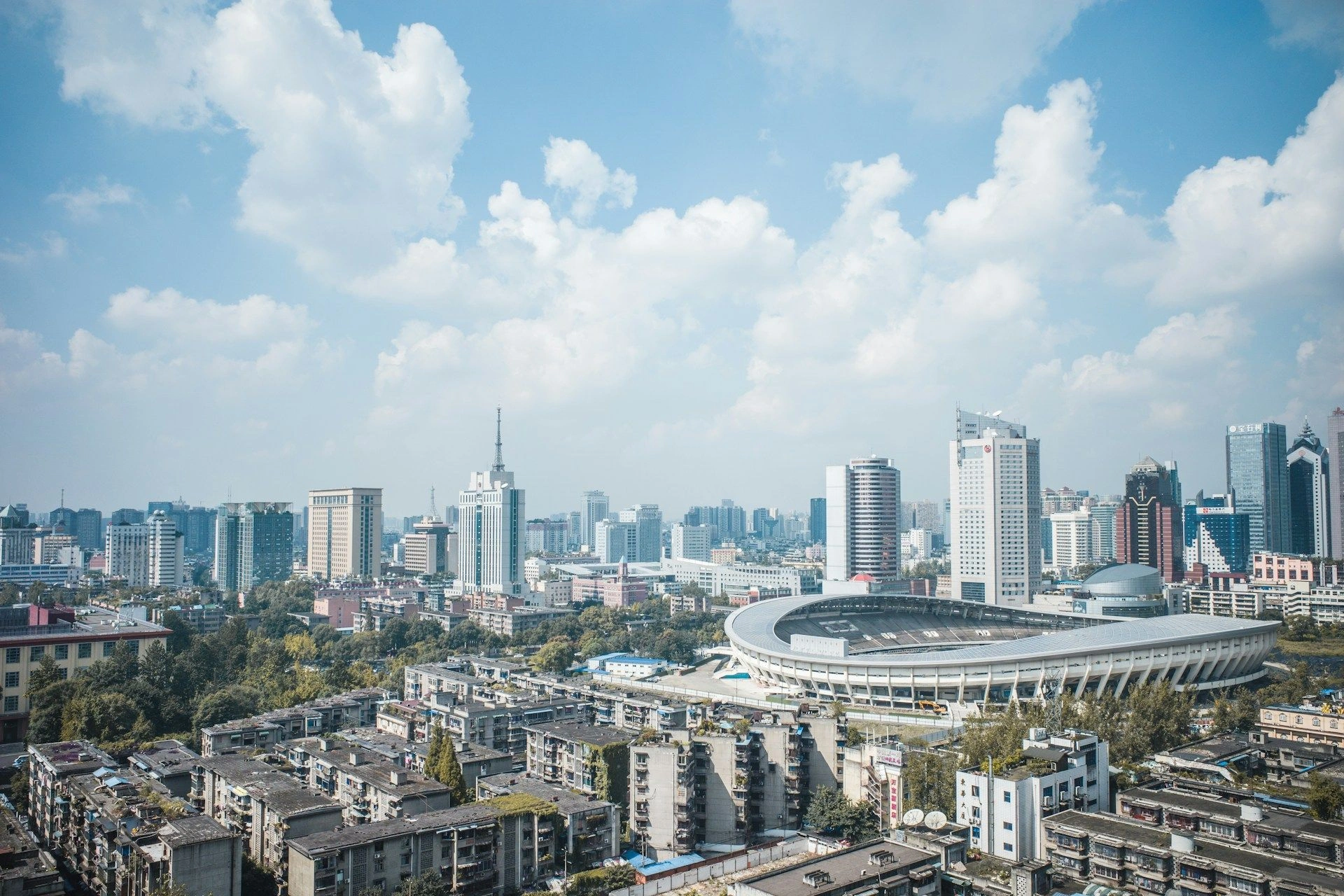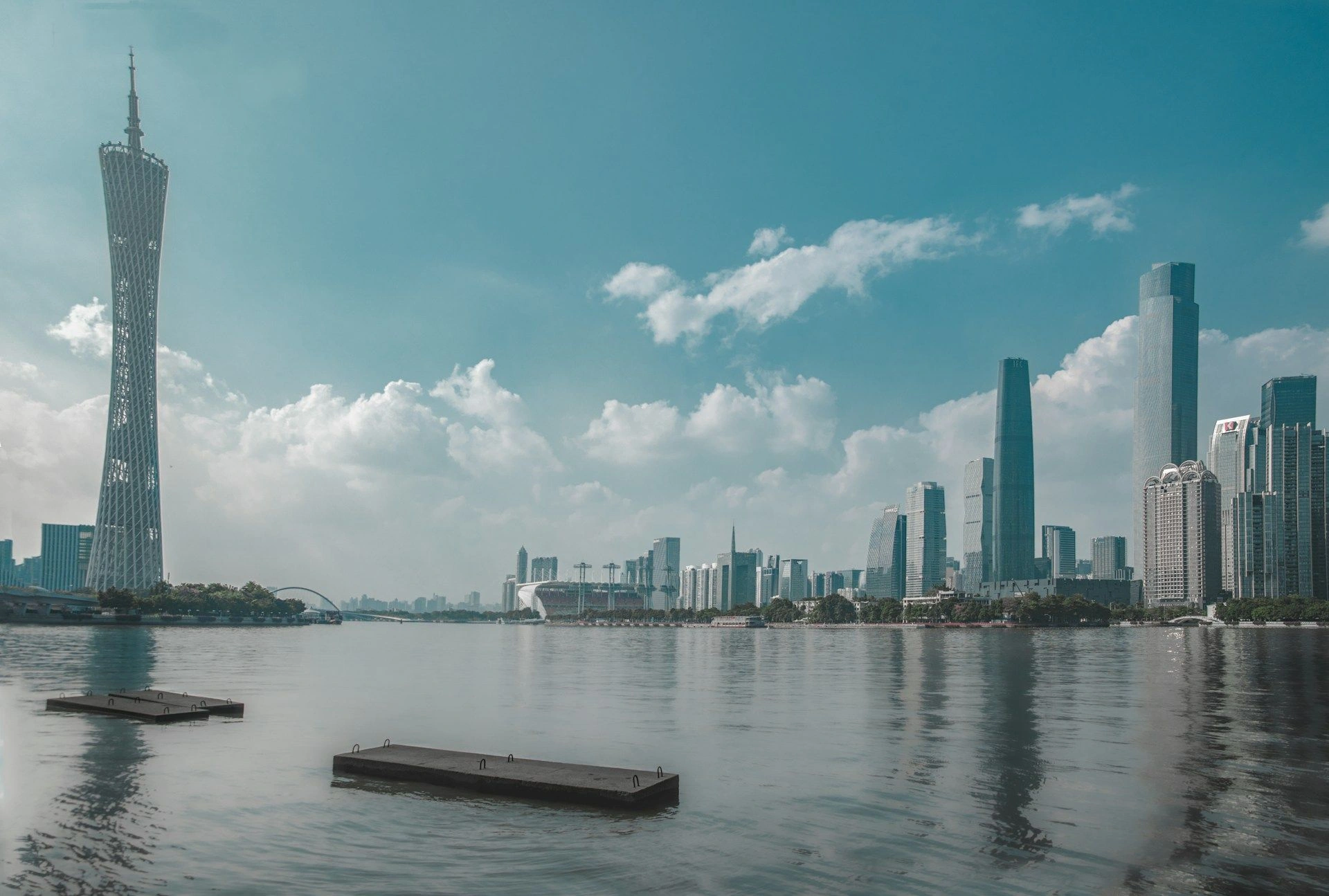Find Resale Real Estate in ChinaDiverse turnkey units acrosscities with clear returns
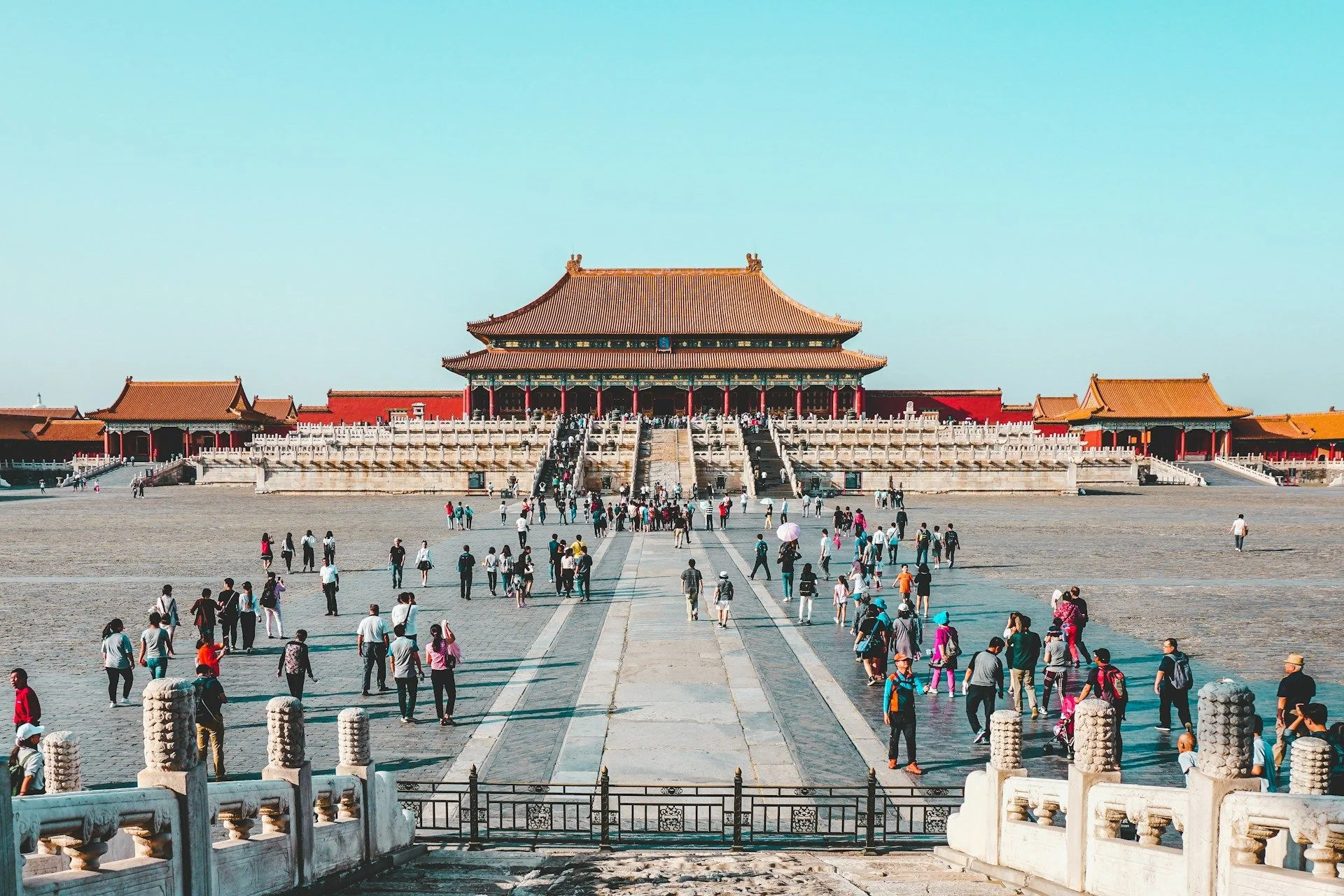
Best offers
in China
Benefits of investment in
China real estate
Move-In Ready Units
Secondary apartments in Beijing, Shanghai, and Shenzhen come fully renovated with modern kitchens, energy-efficient glazing, upgraded HVAC systems, and tested utilities—allowing investors or owners to occupy or lease immediately, minimizing holding costs and accelerating rental revenue.
Mature Urban Infrastructure
China’s established secondary markets—Huangpu in Guangzhou, Chaoyang in Beijing, and Futian in Shenzhen—offer reliable municipal water, stable power grids, high-speed metro networks, and comprehensive waste management, ensuring seamless daily living and preserving long-term asset value.
Proven Rental Demand
Consistent demand from expatriates, university students, and corporate professionals in core hubs like Pudong (Shanghai) and Nanshan (Shenzhen) sustains high occupancy rates. Documented rental yields of 3%–5% net annually give investors clear exit strategies and predictable cash flows.
Move-In Ready Units
Secondary apartments in Beijing, Shanghai, and Shenzhen come fully renovated with modern kitchens, energy-efficient glazing, upgraded HVAC systems, and tested utilities—allowing investors or owners to occupy or lease immediately, minimizing holding costs and accelerating rental revenue.
Mature Urban Infrastructure
China’s established secondary markets—Huangpu in Guangzhou, Chaoyang in Beijing, and Futian in Shenzhen—offer reliable municipal water, stable power grids, high-speed metro networks, and comprehensive waste management, ensuring seamless daily living and preserving long-term asset value.
Proven Rental Demand
Consistent demand from expatriates, university students, and corporate professionals in core hubs like Pudong (Shanghai) and Nanshan (Shenzhen) sustains high occupancy rates. Documented rental yields of 3%–5% net annually give investors clear exit strategies and predictable cash flows.

Useful articles
and recommendations from experts
Main title about secondary real estate in China
Why secondary properties attract buyers
Secondary real estate in China appeals to both domestic and international buyers seeking immediacy, infrastructure reliability, and clear financial metrics. Unlike off‐plan developments that often face protracted permitting cycles, fluctuating construction costs, and delivery uncertainties, pre‐owned apartments and townhouses come with proven connections to essential utilities—municipal water from China’s State Council water authorities, uninterrupted power from State Grid Corporation, and mature sewage and drainage systems managed by local municipal bureaus—eliminating activation risks. Many residences retain distinctive architectural details from their original era—high-ceilinged living rooms, hardwood flooring in Lingnan villas, and brick façades in Jiangnan courtyard homes—while interiors have been fully modernized with energy-efficient double-glazed windows, integrated smart-home controls, and designer kitchens outfitted with imported appliances. This combination of proven infrastructure and modern functionality delivers true turnkey readiness, allowing buyers to occupy or lease immediately, reduce carrying costs, and accelerate return on investment.
Transparent historical sales records maintained by municipal land registries—accessible through China’s national Land and Resources Database—provide precise pricing benchmarks and transaction volumes, enabling rigorous valuation and risk assessment. Secondary markets also benefit from mature local service networks—on-demand maintenance teams, professional property management firms, and established homeowners’ associations—that ensure consistent building upkeep and tenant satisfaction. With rental yields in mature districts averaging 3%–5% net annually, and strong demand driven by a growing middle class, expatriate executives, and university populations, secondary acquisitions in China offer a compelling blend of cultural heritage, infrastructural certainty, and financial clarity. VelesClub Int.’s end-to-end advisory—from exclusive off-market sourcing and comparative market analysis to negotiation strategy and property management—empowers clients to capitalize on China’s leading urban markets with confidence.
Established neighbourhoods
China’s secondary real estate landscape is anchored by several mature urban zones, each offering unique advantages. In Beijing, the Chaoyang District—encompassing Sanlitun, CBD, and the Olympic Park precinct—hosts a mix of high-rise apartments and low-rise villas near embassies, international schools, and corporate campuses. Tianjin’s Heping District features restored French concession-era buildings converted into boutique flats along tree-lined avenues. Shanghai’s Jing’an and Xuhui districts blend historic Shikumen courtyards with modern mid-rise complexes, prized for proximity to the Bund and Xintiandi. Guangzhou’s Yuexiu and Tianhe districts offer large-scale residential towers and refurbished garden villas near Pearl River waterfront promenades. In Shenzhen, Futian and Nanshan districts showcase contemporary serviced apartments and refurbished industrial-loft conversions, catering to tech and finance professionals. Chengdu’s Jinjiang and Wuhou districts provide traditional courtyard homes alongside newly renovated street-front townhouses near the city’s cultural centre. Across all zones, local governments maintain mature civic services—extensive metro networks, municipal shuttle buses, reliable district heating (where applicable), and comprehensive waste collection—ensuring minimal post-purchase upgrades and seamless integration into established communities.
Who buys secondary real estate
Buyer profiles in China’s secondary markets span a diverse spectrum of demographics. Domestic middle-income families prioritize turnkey three- to four-bedroom apartments in suburban districts—such as Baoshan in Shanghai and Tongzhou in Beijing—valuing reputable school catchments, greenbelt proximity, and reliable building management. Young professionals and couples, especially in the tech hubs of Shenzhen and Hangzhou, seek one- and two-bedroom flats with balcony vistas in high-rise towers near coworking spaces and metro interchanges. Expatriate executives and foreign consular staff often choose premium serviced apartments or gated-community villas in Chaoyang (Beijing), Pudong (Shanghai), and Nanshan (Shenzhen), appreciating concierge services, international schools, and diplomatic-level security. University students, particularly at Fudan University and Tsinghua University, rent compact studio flats and shared apartments near campus, drawn to inclusive utility packages and furnished interiors. High-net-worth investors and diaspora buyers—primarily from North America, Europe, and Hong Kong—acquire heritage townhouses and multi-unit buildings in historic cores (e.g., the Former French Concession in Shanghai, 798 Art District in Beijing) as yield-driven assets. Across segments, the unifying motivators are immediate usability, transparent past performance data, and entry into mature urban ecosystems that mitigate operational risk and underpin consistent returns.
Market types and price ranges
China’s secondary real estate market accommodates a broad range of property types and budgets. Entry-level one-bedroom flats and studios in emerging fringe neighbourhoods—such as Songjiang (Shanghai) and Yizhuang (Beijing)—start from approximately RMB 1,200,000 to RMB 2,400,000 (USD 170,000–340,000), offering basic modern finishes, shared amenity spaces, and convenient metro access. Mid-range two- to three-bedroom apartments in core districts—such as Chaoyang (Beijing), Jing’an (Shanghai), and Futian (Shenzhen)—trade between RMB 3,000,000 and RMB 8,000,000 (USD 420,000–1.1 million), featuring granite kitchens, upgraded HVAC, private balconies, and parking. Premium heritage villas and luxury penthouses in prime enclaves—such as the Former French Concession (Shanghai), Sanlitun (Beijing), and Shekou (Shenzhen)—command RMB 10,000,000 to RMB 30,000,000 (USD 1.4–4.2 million), driven by architectural charm, garden plots, and skyline or river views. For portfolio investors, multi-unit residential blocks (4–8 units) in high-density corridors—like Longhua in Shenzhen or Changning in Shanghai—list between RMB 15,000,000 and RMB 50,000,000 (USD 2.1–7 million), delivering diversified rental income streams. China’s major banks—ICBC, CCB, Bank of China—offer mortgage financing at competitive rates (4.5%–6% annually) with typical down payments of 30%, and preferential lending programs for returning overseas Chinese and strategic sectors. Historical net rental yields average 3%–5% per annum across mature districts, underpinned by stable tenant profiles and low vacancy rates—metrics that VelesClub Int. incorporates into bespoke yield-modelling tools to align acquisitions with client return objectives.
Legal process and protections
Acquiring secondary real estate in China follows a regulated conveyancing framework under the Urban Real Estate Administration Law and the Property Law. Non-Chinese nationals may purchase apartments in approved developments and secondary markets, subject to local municipal restrictions—typically one residential property per urban household. The process begins with a signed Sales Contract and a deposit equal to 5%–10% of the purchase price held by the developer or seller’s agent. Buyers conduct due diligence: Title Certificate verification at the local Bureau of Land and Resources, confirming property rights, land use term, and outstanding mortgages or liens. A mandatory pre-sale inspection report is obtained from a licensed appraisal firm to identify structural issues. After satisfactory due diligence, parties register the Transaction Contract and Title Assignment at the Real Estate Registration Center—stamp duty (契税) of 1.5%–3% of the sale price and registration fees are payable. The new property holder receives a real estate ownership certificate, granting formal title. Sellers must provide statutory warranties for hidden defects for two years post-transfer. VelesClub Int. coordinates every step—legal review, document preparation, escrow management, and registry filings—ensuring compliance with PRC regulations, mitigating risks, and delivering a seamless closing experience for both domestic and international clients.
Best areas for secondary market
Several urban precincts in China stand out as prime secondary-market hotspots. In Beijing, Chaoyang District—encompassing CBD, Wangjing, and Sanlitun—leads in transaction volume, offering high-rise condominiums and gated-community villas with expatriate appeal. Shanghai’s Jing’an and Xuhui Districts deliver Shikumen townhouse conversions and low-rise clusters near the Bund and Xintiandi. Shenzhen’s Futian and Nanshan Districts dominate for tech and finance talent, with modern mid-rise complexes and serviced apartments near the Qianhai Free Trade Zone. Guangzhou’s Tianhe District—home to Zhujiang New Town—features luxury high-rises and garden estates backed by major corporate HQs. Chengdu’s Jinjiang and Qingyang Districts attract investors seeking lower entry points and rising rental demand from the province’s booming tech sector. Hangzhou’s Binjiang and Xihu Districts provide turnkey flats with scenic lake views and proximity to Alibaba’s campus. Emerging nodes near high-speed rail hubs—such as Xi’an North and Wuhan East—present value-add conversions of older apartment blocks, benefiting from improved connectivity. Each sub-market offers mature infrastructure—comprehensive metro lines, reliable utilities, public Wi-Fi zones, and local healthcare—ensuring sustained demand, transparent pricing, and strong resale prospects. VelesClub Int.’s proprietary neighbourhood scoring and on-the-ground research guide clients to sub-markets that best align with affordability, capital growth potential, and lifestyle preferences.
Why choose secondary over new + VelesClub Int. support
Opting for secondary real estate in China delivers immediate possession, proven infrastructure, and transparent performance history—advantages seldom matched by off-plan projects. Buyers sidestep permitting backlogs, escalating material costs, and delivery uncertainties by selecting turnkey assets with established utility networks and documented past transactions. Secondary properties often feature unique architectural flourishes—courtyard garden layouts, period terrazzo floors, and original wood-frame windows—that new constructions cannot replicate, enhancing cultural value and long-term desirability. Lower entry premiums compared to pre-sale developments free up capital for interior personalization, high-yield upgrades, or strategic portfolio diversification across multiple cities. Mature neighbourhood infrastructures—reliable municipal water, stable power supply from State Grid Corporation, extensive metro and bus networks, and professional property management—ensure seamless move-in and minimal post-purchase maintenance. VelesClub Int. enriches the acquisition journey through comprehensive end-to-end expertise: sourcing exclusive off-market listings, conducting exhaustive due diligence, negotiating optimal terms, and managing all legal formalities. Our post-closing property management and tenant placement services—backed by local teams and digital performance reporting—optimize occupancy rates and preserve asset value. Through ongoing portfolio monitoring, annual market reviews, and strategic advisory, VelesClub Int. empowers clients to maximize the potential of China’s dynamic secondary real estate markets with confidence, clarity, and efficiency.
